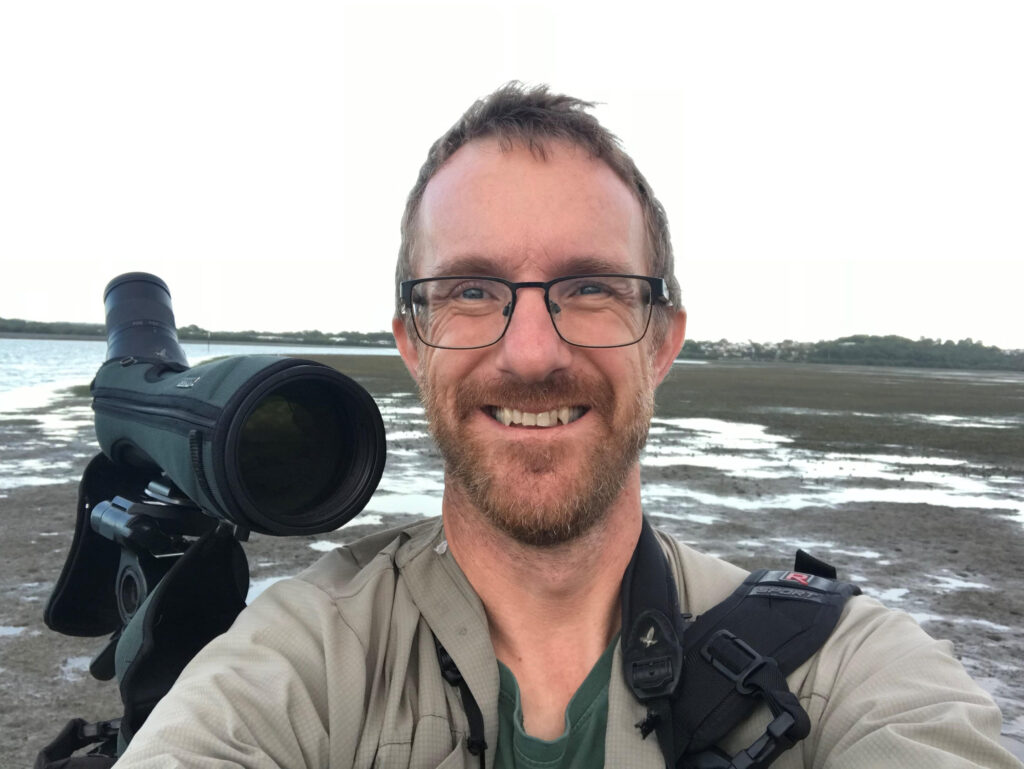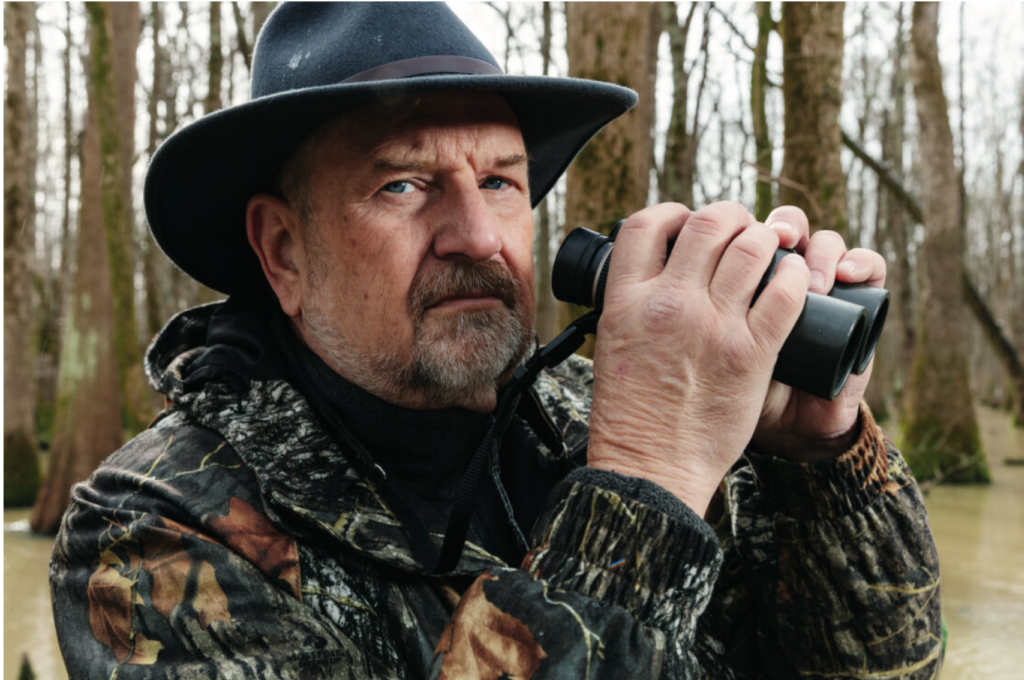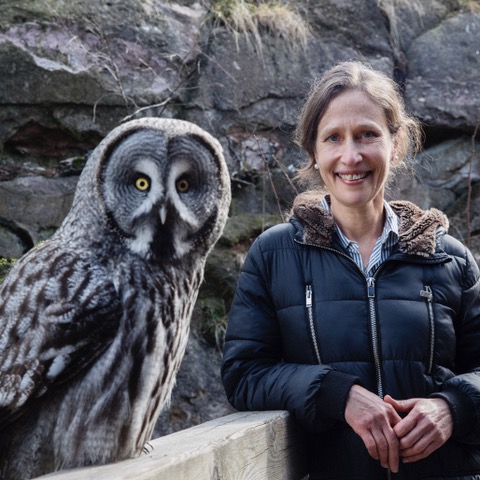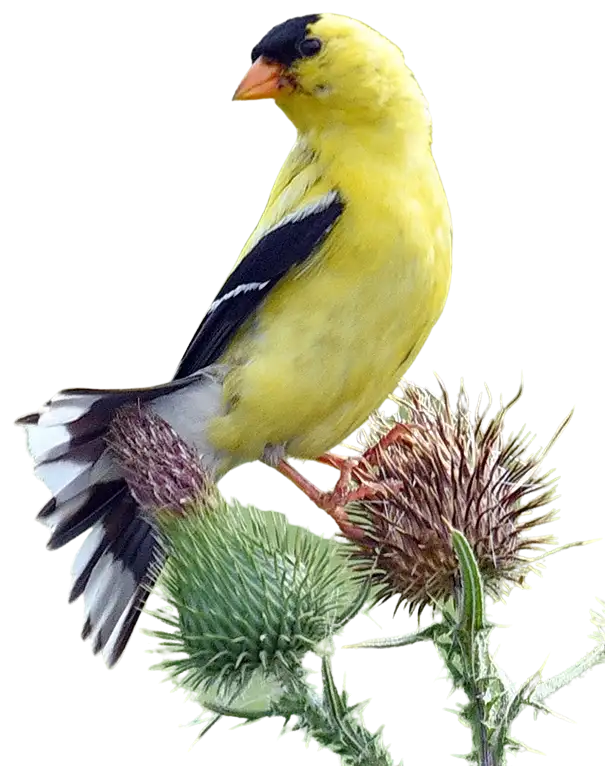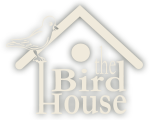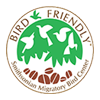This meeting will only be conducted via Zoom. A URL link to the meeting will be emailed out before the meeting. To participate, you will need a laptop, desk top computer, cell phone or iPad or other device with an internet connection. You do not need to have a Zoom account, the URL link will allow you to enter the “meeting” and hear and see the speaker and the presentation.
The Zoom meeting link is below. The “meeting” room will be open 15 minutes prior to the beginning of the meeting to allow folks to chat with one another. Join via webcam or call in to the phone number below:
Join Zoom Meeting
https://us02web.zoom.us/j/
Dial by your location
+1 (646) 558-8656 US (New York)
Meeting ID: 858 3935 2485
At 7 pm the meeting will begin and everyone but the presenters will be muted. There will be time for Q&A after the talk. You will have a better viewing experience if you use “enter Full Screen” mode. If you are new to Zoom, please visit Zoom Help Center: https://support.zoom.us/hc/en-
Over the past two decades, DNA studies have radically restructured the bird family tree. Now ducks and chickens are together at the front of the field guide; falcons have landed next to parrots; our tanagers are grosbeaks; our seedeater is a tanager! But some of these taxonomic “surprises” wouldn’t have been so surprising, if we had just been listening. This talk will show how the vocal repertoires of birds can reveal deep evolutionary relationships. Among other topics, prepare to learn why warblers and sparrows are much more similar than you think; why the name of the Upland Sandpiper (once called Upland Plover) is still wrong; and what the heck a Yellow-breasted Chat really is.
Nathan Pieplow
Growing up in South Dakota, I got started identifying bird songs by studying the classic “Birding By Ear” field guides in the Peterson series. It wasn’t until 2003, when I faced the frustrations of studying sounds for my first trips to Mexico and Costa Rica, that I became dedicated to finding new and better ways to learn, describe, and catalog bird sounds. Along the way I became a sound recordist and an amateur ethologist (a student of animal behavior).
I’m not one of those superhuman beings who can identify every singing bird, or discern the nocturnal flight call of a Blackpoll Warbler as it passes overhead in the dark. My high-frequency hearing is getting worse every year, and I don’t have a great auditory memory. For me to learn bird sounds, I wanted more resources: more recordings, better glossaries, deeper discussions. So I set out to create my own resources. The pages at www.earbirding.com are part of the result. The Peterson Field Guide to Bird Sounds is another part.
I live in Boulder, Colorado, where I teach writing and rhetoric at the University of Colorado. I am a former editor of the quarterly journal Colorado Birds and one of the developers of the Colorado County Birding Website and the Colorado Birding Trail. I regularly give talks about bird sounds to bird clubs and ornithological societies. Watch one of my presentations here: https://academy.allaboutbirds.org/live-event/bird-sounds-decoded/ Contact me at npieplow@gmail.com.


